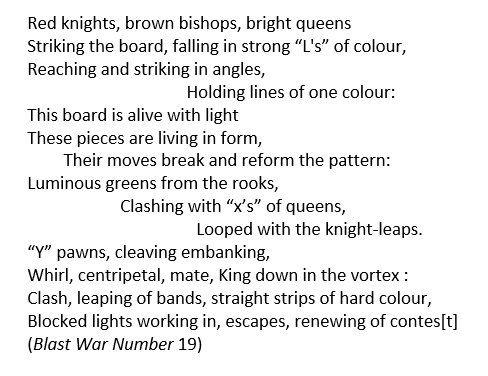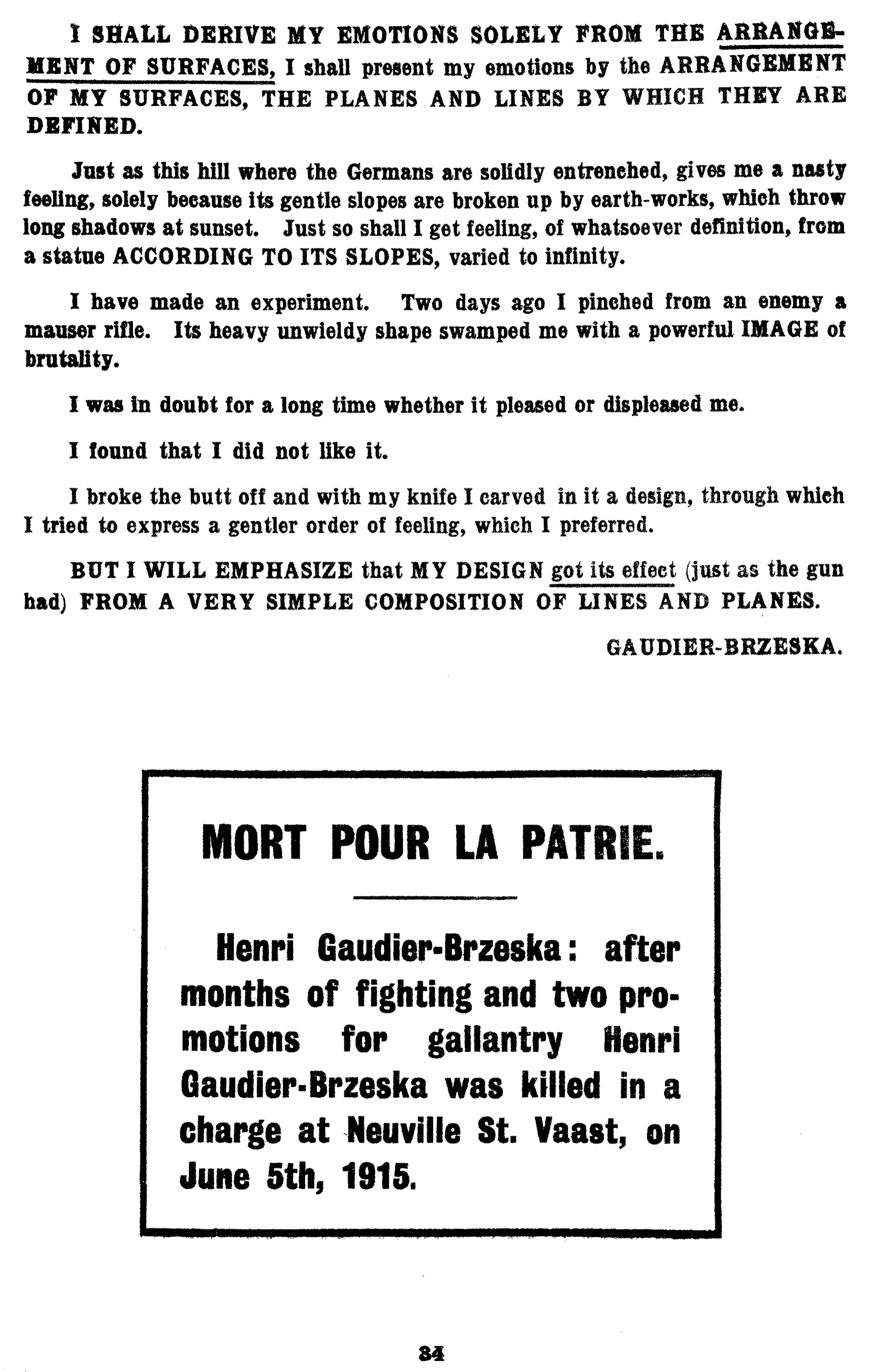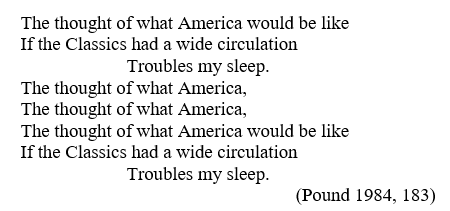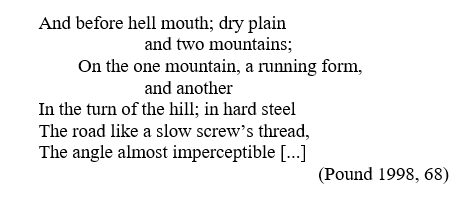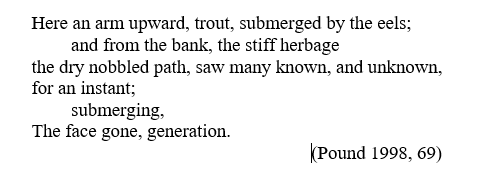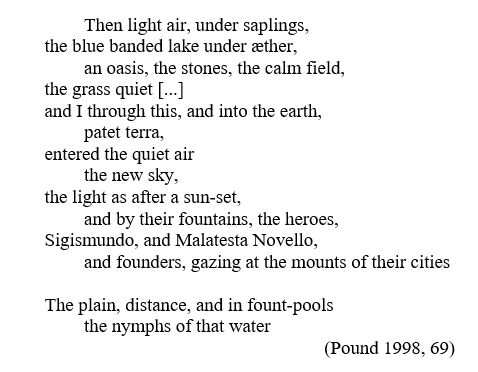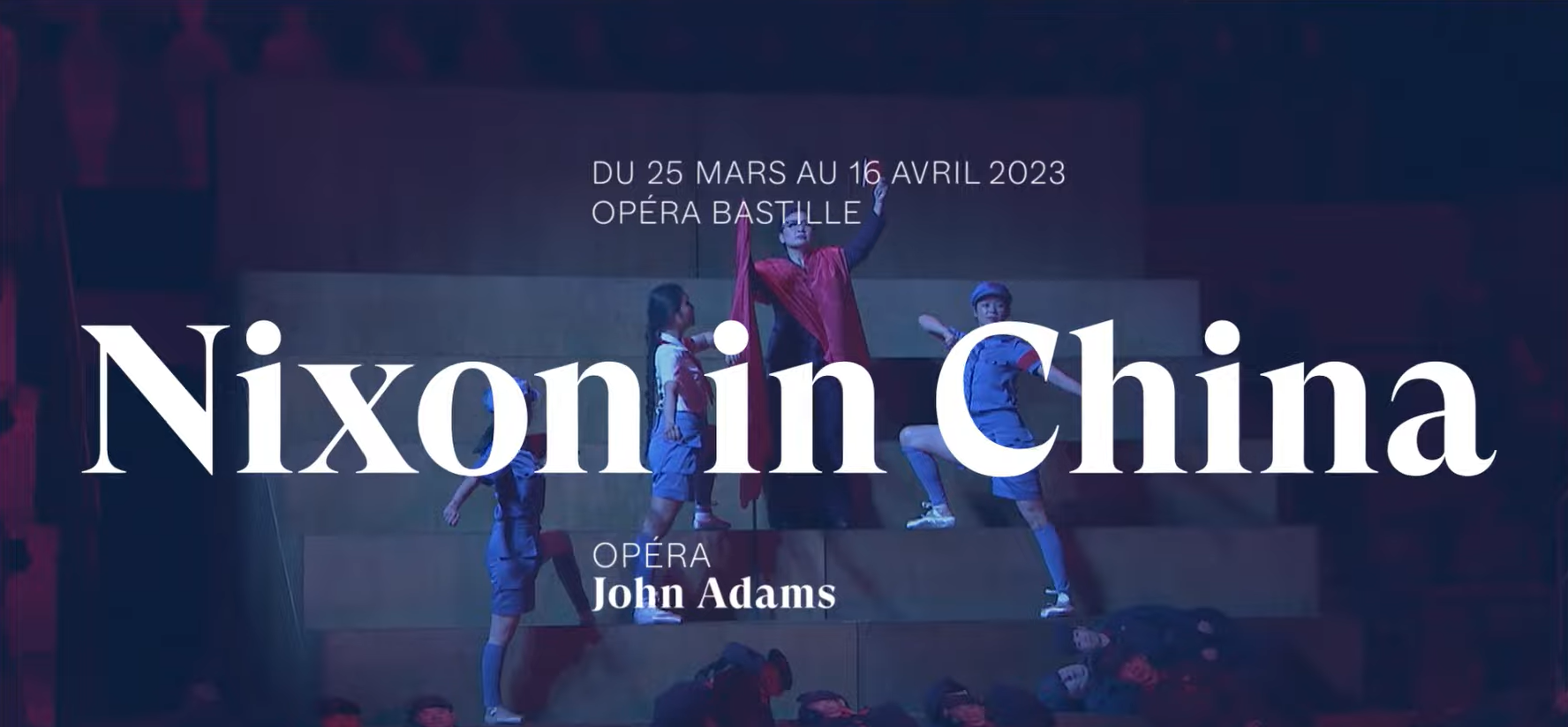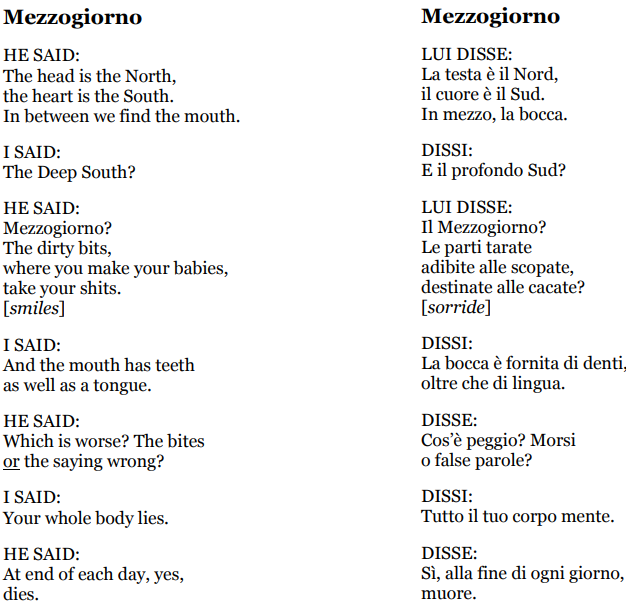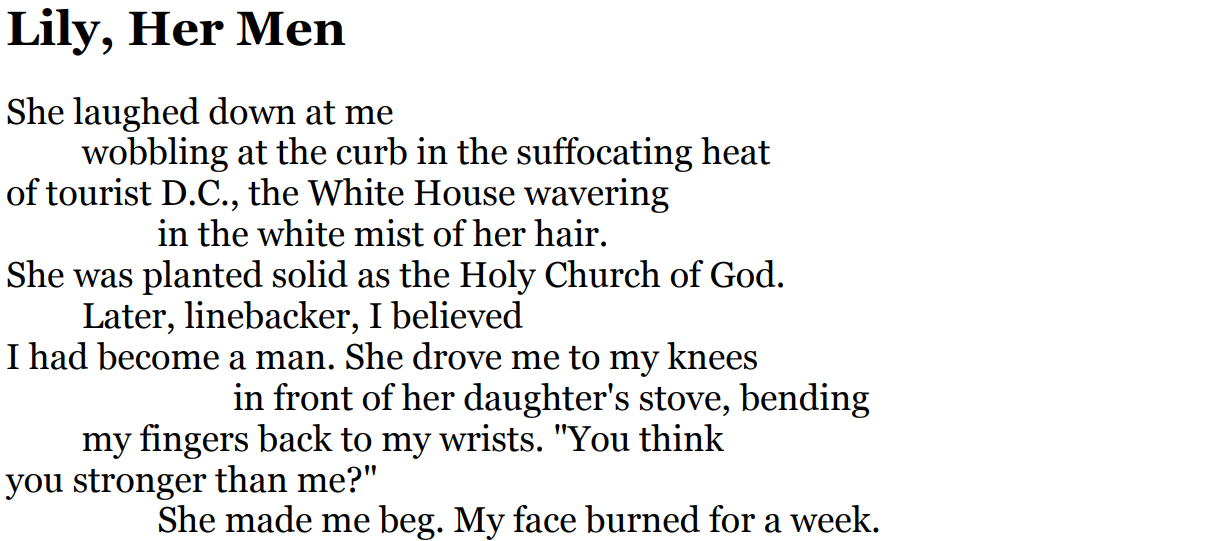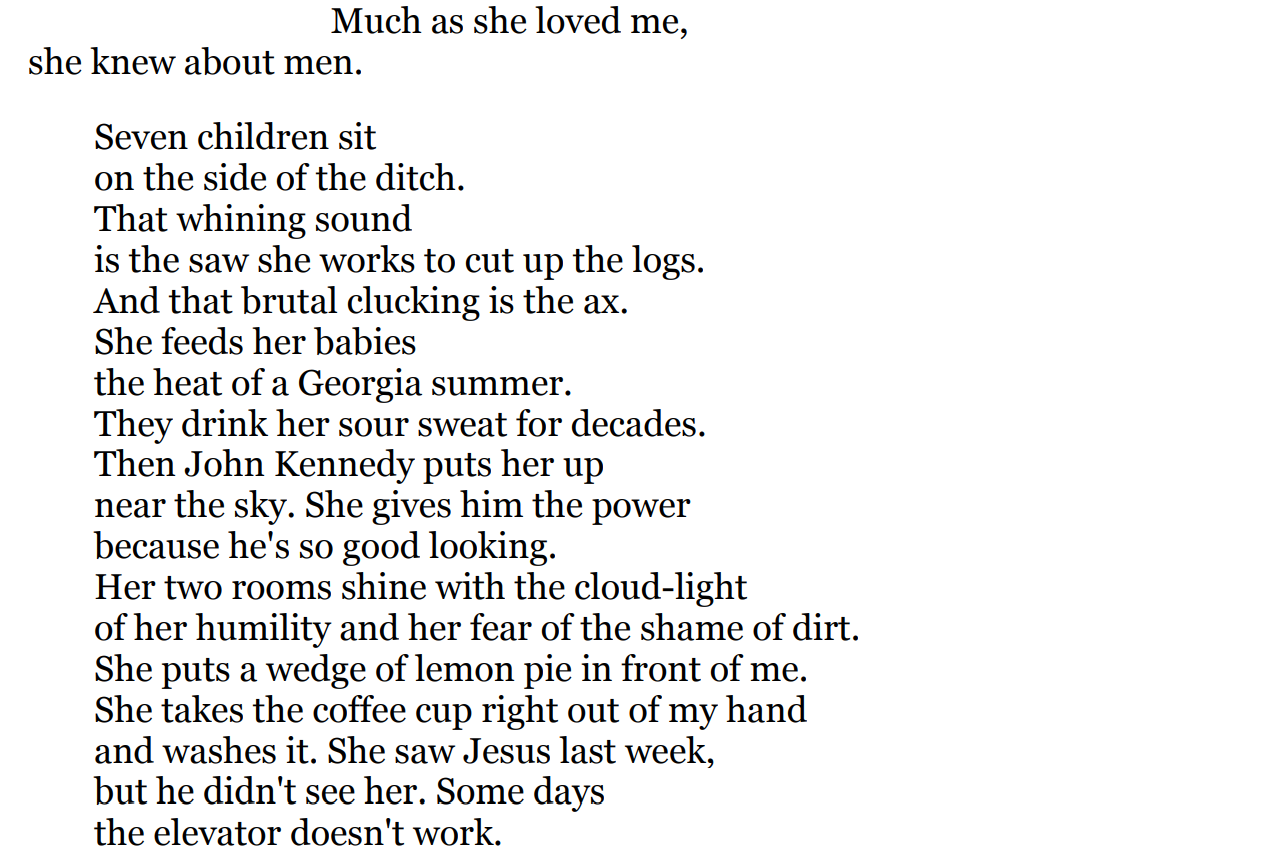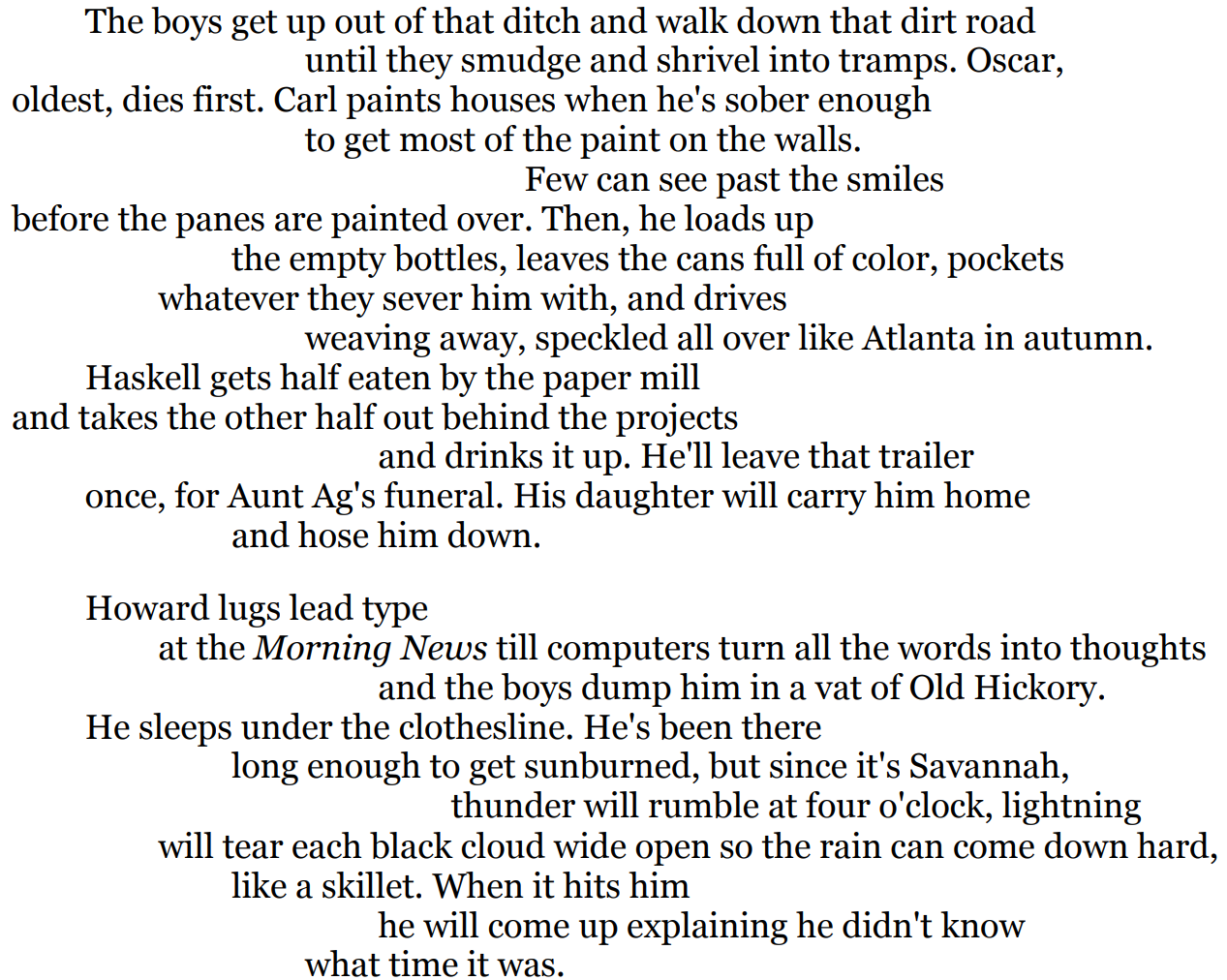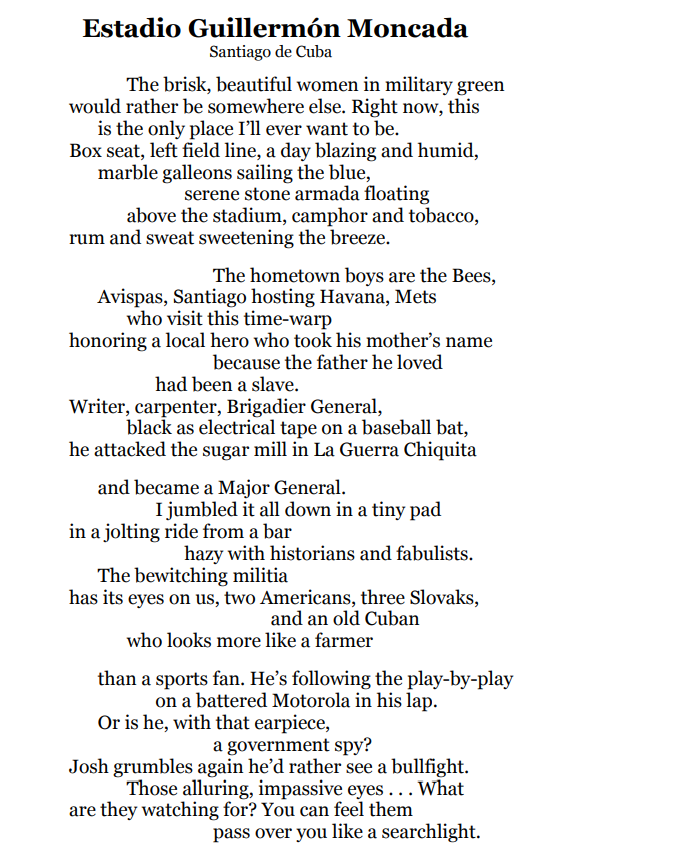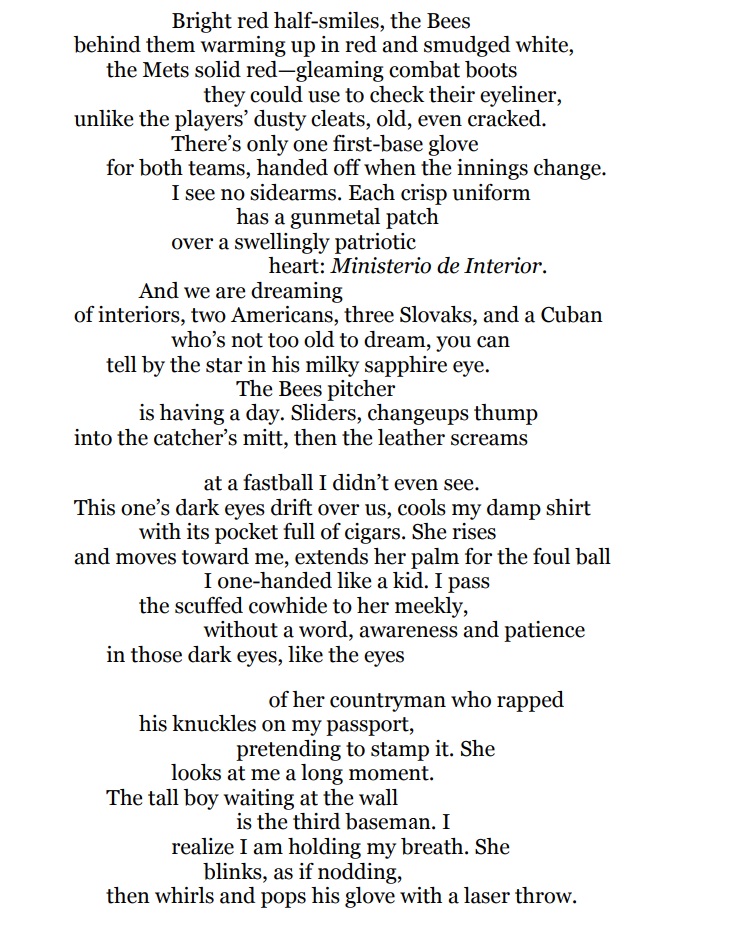PAULINE MACADRÉ
Abstract
Virginia Woolf’s desert(ed) landscapes are fraught with dead animals and scattered bones that appear as the remnants of perverted sacrifices, distant echoes of ancestral rites, that have shed their meaning and become impossible to decipher. It is as if they bore testimony to an original, more primitive system of significance in harmony with the real, one that would have been lost and ought to be retrieved.
Throughout Woolf’s fiction, the looming threat of the two World Wars, their violence and induced grief, are constantly implied by the lingering presence of the aforementioned traces that foreshadow an impending and inescapable death. Moreover, the absence of landmarks in a society scarred by the war is echoed by the increasing misreading of signs that results from the emergence of advertising, a device inscribing on the world a new model of fragmented writing. As symbols are disconnected from their usual implied meaning, novels such as Mrs Dalloway or Between the Acts mirror a more general loss of values and expose the inadequacy of the signifiers of a language that rings hollow.
The proposed paper will investigate the ways in which Virginia Woolf’s fiction seeks to renew meaning by rebuilding a language able to articulate reality.
Résumé
Les paysages désert(é)s de Virginia Woolf sont jonchés d’animaux morts et d’ossements éparpillés, véritables résidus de sacrifices dévoyés et échos de rites ancestraux qui semblent avoir perdu leur signification et sont désormais impossibles à déchiffrer. Ils apparaissent comme les témoins aveugles d’un système de sens originel, en adéquation avec le réel, qui en aurait été détourné et qu’il s’agirait de retrouver.
La fiction de Woolf est marquée par la menace insidieuse des deux guerres mondiales, et la violence et le deuil en sont sans cesse évoqués au travers de la persistance de ces traces qui présagent une mort imminente et inéluctable. L’absence de repères dans une société défigurée par la guerre est en outre traduite par le défaut d’interprétation des signes qui résulte des nouveaux oracles de la publicité, qui inscrit sur le monde les éclats d’une écriture fragmentée. Alors que les symboles sont déconnectés de leur signification habituelle, des romans comme Mrs Dalloway ou Between the Acts reflètent une perte de valeurs et de sens plus générale et dénonce l’évidement des signifiants d’un langage qui tourne à vide.
Cet article explore les stratégies d’écriture par lesquelles la fiction de Virginia Woolf tâche de renouveler le sens en reconstruisant un langage capable d’articuler la réalité.
Keywords
Modernist Literature, War, Real, Semiotics, Reconstruction
__________________________
The reconstruction of meaning amid “shells, bones and silence”[1]: Woolf’s retrieving of reality among the relics of war
The recurring desert – or rather deserted – landscapes of Virginia Woolf’s fiction are fraught with decaying houses, abandoned objects and clothes, traces of a human presence that seems irretrievably lost. Given the historical context, it is easy to associate these ruins with a “waste land,” a no man’s land scarred by war and impossible to rebuild – save perhaps thanks to writing. In To the Lighthouse, the first World War is only hinted at, reduced to a mere echo in the distance, in the margin of the text – yet the rupture it introduced resonates throughout the novel; it is mirrored in the characters’ lives as well as in the structure of the book which is divided in three parts. Right in the middle, in “Time Passes,” the war appears as what deprives both the house and the text of their characters, whose death is only mentioned between brackets – these appear as a typographical means to elude war atrocities while at the same time reinscribing them quite obviously in a text that literally frames death. As the novel’s aspiring artist, Lily Briscoe, endeavours to retrieve what has been lost by painting the late Mrs Ramsay, that very line standing in the middle appears as what threatens but ultimately preserves the equilibrium – both breaking and bridging past, present and future.
In a similar attempt to represent the world devoid of human life, the interludes in The Waves depict a spectacular landscape that turns out impossible to account for, combining contradictory perspectives which thwart vision and prevent any rational representation on the reader’s part. Such a disruption of order implies that something has taken place, that the familiar world has surrendered to a mysterious – unnamed, and perhaps unnameable – event. The ninth interlude presents a desolate landscape where the dissolution of shapes and colours against an ineluctable invasion of obscurity submerging the earth recalls the “downpouring of immense darkness” in “Time Passes”: “Nothing, it seemed, could survive the flood, the profusion of darkness” (TL 103). Amidst the soot and ashes of this landscape, all in shades of grey and black, an empty snakeskin nailed to a wall, an isolated remain of an absent adder, stands out as a peculiar image:
The tree shook its branches and a scattering of leaves fell to the ground. There they settled with perfect composure on the precise spot where they would await dissolution. Black and grey were shot into the garden from the broken vessel that had once held red light. Dark shadows blackened the tunnels between the stalks. The thrush was silent and the worm sucked itself back into its narrow hole. Now and again a whitened and hollow straw was blown from an old nest and fell into the dark grasses among the rotten apples. The light had faded from the tool-house wall and the adder’s skin hung from the nail empty. All the colours in the room had overflown their banks. The precise brush stroke was swollen and lop-sided; cupboards and chairs melted their brown masses into one huge obscurity. The height from floor to ceiling was hung with vast curtains of shaking darkness. The looking-glass was pale as the mouth of a cave shadowed by hanging creepers. (W 181, my emphasis)
The image recurs elsewhere in the novel, as each character fantasises its own (self-)sacrifice, often in extremely violent terms, evoking maimed bodies nailed to the wall of childhood, of love, or of an antagonistic, highly-codified, and outdated society. These unperformed sacrifices surround and shed light on the seventh character, unvoiced yet at the very centre, Percival, whose anti-heroic death – falling off his horse – rings all the more absurd. In the above quotation, having shed a layer of its skin and got rid of what was dead and superfluous, the adder ought to be elsewhere, and its moulding might symbolise a form of rebirth, or even of resurrection, which is why I’ve always found the image striking, as both residue of a prosaic crucifixion and empty shroud of Christ. But here, the emphasis is laid on the emptiness. Images resulting from a general hollowing out are ubiquitous in the text, from hollow straws to narrow holes, empty shells and abandoned nests. The very place of the word “empty” underlines its importance.
Indeed, at the very end of the sentence, the adjective seems to refer back to the nail as much as to the skin, and overall the entire image is emptied of its symbolical force – the sign emptied of its meaning marks the failure of transcendence. “The light had faded”: no divine light might be shed on this desacralized crucifixion whose remains only are left for us to read; no vital light allows us to see through the adder’s skin, as opaque as a closed eyelid. On the contrary, a curtain of darkness covers the earth and clouds the mind. The world has been subjected to a double hollowing out: at once because of the absence of human beings, which haunt it from the depths of the looking-glass, and because of the loss of meaning of a well-known and distorted symbol; which in turn contradicts any possible redemption or future.
Woolf’s landscapes are fraught with dead animals and scattered bones that appear as the remnants of perverted sacrifices, distant echoes of ancestral rites, that have shed their meaning and become impossible to decipher. Numerous bones encroach upon the world of the living, from Jacob’s sheep jaw found on the beach[2] to the shadow of the boar’s skull in the Ramsey children’s bedroom.[3] Such figures also creep up as counterparts of traumatic historical events that they evoke without naming, events they conjure up without succeeding to ward them off.[4] The looming threat of the two World Wars, their violence and induced grief, are constantly implied by the lingering presence of these traces that foreshadow an impending and inescapable death that will not allow for any redemption (all the more since, because of the scale and new technologies of these conflicts, man appeared as the one crafting his own possibly complete annihilation). It seems to me that this clearly alludes to the meaninglessness of the war and the failed, uncalled for, ineffective sacrifices it brought in its wake, as innumerable soldiers were slaughtered on the altar of a society whose very foundations had been shaken.[5] Besides, these forms aren’t merely figures in the margin, but also persist as the symptoms of a forgotten reality, as the paradoxical modernist inscriptions of a general loss of meaning and values resulting from the increasing irrelevance of a language disconnected from the real that it betrays. It is as if they bore witness to an original, more primitive system of significance in harmony with the real, a system that would have been lost and ought to be retrieved. I hereby wish to investigate the ways in which Virginia Woolf’s fiction seeks to renew meaning by rebuilding a language able to articulate reality.
Although set in June 1939, Between the Acts’s pastoral landscape at first sight seems sheltered from the impending outbreak of the war – and yet the odd toad-snake chimera choking on the ground does appear as a threat, an uncanny anomaly (or “clocherie de la réalité” to use Lacan’s expression), a worrying figure representing the unrepresentable:
There, couched in the grass, curled in an olive green ring, was a snake. Dead? No, choked with a toad in its mouth. The snake was unable to swallow, the toad was unable to die. A spasm made the ribs contract; blood oozed. It was birth the wrong way round—a monstrous inversion. So, raising his foot, he stamped on them. The mass crushed and slithered. The white canvas on his tennis shoes was bloodstained and sticky. But it was action. Action relieved him. He strode to the Barn, with blood on his shoes. (BA 89)
This so-called “monstrous inversion,” whether hybrid totem, interrupted metamorphosis or aborted birth, is a liminal figure on the border between life and death, an image of Freud’s primitive taboo, both sacred and unclean.[6] Giles’s gesture on the one hand resembles a purifying ritual to annihilate the abject object threatening his integrity, and on the other hand an attempt out of the general apathy that paralyses civilisation during the rise of fascism.[7] It is an action reaffirming the self against the Other, the Enemy, lurking on the other side of the Channel and slyly creeping into the British society it will maim. The cows and nature surrounding the novel make it the perfect setting for the “rite of spring” to take place. However, the purifying ceremony is again ineffective, the trace only replaced by yet another trace, a persisting bloodstain[8]. The failure might be attributed to a lack of direction – and indeed, one may wonder, as Mrs Dalloway with her party:
And it was an offering; to combine, to create; but to whom?
An offering for the sake of offering, perhaps. (MD 103)
The question “to whom?” remains unanswered and resonates only in the blank between the two paragraphs, where it might echo Septimus’s identical interrogation: “[H]e, Septimus, was alone, called forth in advance of the mass of men to hear the truth, to learn the meaning, which now at last, after all the toils of civilisation—Greeks, Romans, Shakespeare, Darwin, and now himself—was to be given whole to… “To whom?” he asked aloud” (MD 57).
Over the following pages, Septimus’s body is pierced through by the elements; the sounds of the city become a mineral melody coming straight from the rocks on which lies the drowned body of the self perceived as another: “But he himself remained high on his rock, like a drowned sailor on a rock. I leant over the edge of the boat and fell down, he thought. I went under the sea. I have been dead, and yet am now alive” (MD 58-59). The trauma of the war has had the effect of a sea-change on Septimus, mirroring the change it imprinted on society as a whole. The war experience may have rendered him achingly aware of the beauty surrounding him after an unprecedented long time in the darkness of the trenches, it also remains as a wound that overturns the concept of religious offering and twists it into an absurd sacrifice of soldiers to the war, to society, and to “you” in general, crystallised in Dr Holmes as Septimus ultimately exclaims “I’ll give it you” (MD 127) right before jumping out of the window. With his suicide, Septimus might well extract himself from the anonymous crowd of soldiers deprived of their own personal experience by the new death technologies developed during the war, and by the scale of the slaughter they participated in. Thus, this final sacrifice could become a means to replay the collective death and to appropriate it by giving it at least some of the traditional, heroic nobleness it used to have in former battles.
In war contexts, nothing, it seems, makes sense anymore. This also contaminates the way language itself works. Indeed, ideologies manage to destroy the original meaning of symbols and signifiers in order to reinforce the political power of language.[9] Thanks to a mise-en-abyme, Between the Acts draws our attention to and exposes the automated system of political language. Indeed, a pageant staged by Miss La Trobe usurps the framework of Elizabethan (and more generally British) pageants, which underlines their similarities with the workings of the 1930s fascist and Nazi propaganda.[10] Both reduce the audience to passive spectators, simple consumers of the design presented to them, submitted to an obvious theme whose self-evident signification prevents them from thinking, overwhelmed with familiar images and colours which clog their vision, framed by the ritualization and repetition of the same, which eventually reassure them by comforting their place within the community. Whether it refers to the Church, the monarch or the fascist dictator, religious or civic pageants as much as propaganda celebrate the power of the ruler, making him retrospectively responsible for past victories and promising a virtuous and glorious future for a nation that comes together de facto under his yoke. Opposite the easy symbols of propaganda, which create mechanical automatisms that numb the minds of the people, Woolf on the contrary clutters her fiction with symbols that resist. Miss La Trobe’s pageant likewise strips the conventions of traditional pageants by hindering the identification of a recognizable “theme”. By blurring usual landmarks, the performance brings to our attention the vacuity lurking in ambush behind the signs, leaving its perplexed audience to wonder at a meaning that constantly escapes its grasp. Both the audience in the novel and we readers are left with no choice but to take up the hermeneutical quest and thus start reappropriating our ability for reflexion.
Moreover, the infringement of the present moment and of (fictional) reality into the pageant, which is constantly interrupted by comments from the audience, by the birds, cows or even the rain, and the intermingling of modernity and tradition, prevents repetition and shakes the symbolical power. The characters of the pageant are played by amateur villagers whose costumes emphasise artifice[11] by mimicking the doubling of the surface, reinforcing the opacity of the sign, and denouncing the illusion of theatre – and of meaning. Therefore, the feelings of the director, Miss La Trobe, waver according to the success of a shared vision or the failure of revelation. What she seeks is to make the scales fall from the audience’s eyes, and thus achieve a moment of vision akin to Woolf’s famous moments of being.
Such moments of being rip through the reassuring veil weaved out of familiar moments of non-being: they are “a blow”, not “simply a blow from an enemy hidden behind the cotton wool of daily life” but rather “a revelation of some order, […] a token of some real thing behind appearances” (MB 72). Woolf’s writing both exposes shallowness and inadequacy of language and becomes a token of that “real thing” hidden underneath its surface. Out of the “shells, bones and silence” (W 85) of worn out literary leitmotifs and signifiers, Woolf endeavours to reinstate symbolical depth and “make it real by putting it into words” (MB 72).
The absence of landmarks in a society scarred by the war is also echoed by the increasing misreading of signs that results from the emergence of advertising, a device inscribing on the walls of the city a new model of fleeting and fragmented writing. In Mrs Dalloway, the dark panels of the official car windows conceal a mysterious figure whose identity might only be revealed by next day’s “gossip columns”, while the general public’s attention is deterred by the plane advertisement, writing an ephemeral message of smoke that vanishes into thin air before it even ends. As much as symbols, words are disconnected from their usual implied meaning and make up a language that rings hollow, as “vans with the odd names of those engaged in odd industries – Sprules, Manufacturer of Saw-dust; Grabb, to whom no piece of waste paper comes amiss – fell flat as a bad joke” (VO 6). Whether serving a political or advertising agenda, words seem to have become subjected to the power-relations and exchange values that have seeped in and replaced the lost ritualistic aura of works of art.[12] To “make it real by putting it into words”, the signifier needs to be emptied of its hackneyed, perverted signified for the original meaning to be retrieved or reconstructed anew.
Between the Acts’ last sentences read: “Then the curtain rose. They spoke.” They point towards speech and silence it, replacing it with the blank page of the end. The curtain nevertheless rises, and the end period paradoxically opens up endless possibilities, inextricable from the writer’s desire to unveil what had been concealed by language. Woolf’s oblique references to the war aren’t limited to bombshells echoing in the distance, as the empty shells of words also reveal the gaping inherent to language. Indeed, when it comes to language and the real, it seems that one of the two always needs to be sacrificed on the altar of the other. Woolf’s endeavour to retrieve the lost meaning of language pertains to a typically modernist quest that exposes its inadequacy to, and rupture with, the Real. Banging together words that ring hollow, signifiers that are disconnected from their signified and from the world they are meant to articulate, the writer hopes to rekindle the spark of an original, pre-historical language and achieve a simpler, purer, almost inarticulate, “little language” (in Bernard’s words, The Waves).
In front of the threat of incoherence embodied by the war, which infects human bodies and the bodies of language, a return to the roots is necessary – and I shall end this presentation by reminding you of the old lady’s ancestral and wordless song,[13] outside a London Tube station:

The “voice of an ancient spring” conjures up the distant past, but also ushers in the future, if one considers the contemporary emergence of scat, a likewise wordless jazz improvisation where rhythm and sounds take over meaning.
War introduces a new paradigm that contraries semiotics[14] and deconstructs the familiar system of the meaning of signs. In that sense, Woolf’s writing appears as oddly poststructuralist, as it emphasises its own instability, it points towards the reality language fails to translate in a proto-Derridean deferral of meaning. To face the threat of dissolution that haunted the first example from The Waves, the solution might be found in the snakeskin, cleared of everything that clogged it, left on the paper as a trace of the inexpressible, as a form of writing without language, a shell whose very emptiness threatened syntactical order, only hinting at the ungraspable adder. Perhaps only by shedding its own skins of decaying meaning might writing retrieve a truer significance and reconstruct a new world, healed from the “shells, bones and silence” of the war.
Notes
[1] W 85.
[2] Jacob’s very own name, Flanders, might foreshadow his upcoming death on Flanders’ Fields, as several critics have noted: “Jacob’s patronym marks a destiny already reached, a death already undergone – Jacob’s doom” (Marcus 84). See also Briggs 142.
[3] It is striking that these fragments should be associated with children as transgressions concentrating what Julia Kristeva sees as the acme of abjection, when “la mort qui, de toute façon, me tue, se mêle à ce qui, dans mon univers vivant, est censé me sauver de la mort” (Kristeva 12).
[4] In that sense, such figures are close to that “something” akin to Julia Kristeva’s “abject” : “Surgissement massif et abrupt d’une étrangeté qui, si elle a pu m’être familière dans une vie opaque et oubliée, me harcèle maintenant comme radicalement séparée, répugnante. Pas moi. Pas ça. Mais pas rien non plus. Un « quelque chose » que je ne reconnais pas comme chose. Un poids de non-sens qui n’a rien d’insignifiant et qui m’écrase. A la lisière de l’inexistence et de l’hallucination, d’une réalité qui, si je la reconnais, m’annihile” (Kristeva 10).
[5] “a remark often recurring: how we’re being led to the altar this spring: its flowers will I suppose nod & yellow & redden the garden with the bombs falling—oh, its a queer sense of suspense, being led up to the spring of 1940—” (Diary v 264).
[6] See Freud.
[7] The image originates from September 4, 1935, as Woolf records it in her diary, where it is intrinsically linked to death and collective suicide/sacrifice: “We saw a snake eating a toad: it had half the toad in, half out; gave a suck now & then. The toad slowly disappearing. L. poked its tail; the snake was sick of the crushed toad, & I dreamt of men committing suicide & cd. see the body shooting through the water” (Diary iv 338). Hermione Lee comments: “[Woolf] kept coming back to the sickening, fascinating sight of the half-dead, half-ingested living corpse. She used it as an image of power and violence when she saw Bevin crushing Lansbury at the Labour Party conference in October: he was ‘like a snake who swallowed a toad’ (Letters v 432). She used it for her own sense of being eaten alive, preyed on, by what she had created: ‘My book […] won’t finish; its like some snake thats been half run over but always pops its head up’ (Letters v 448). In Between the Acts, […] she brought the thing back in full technicolour, oozing with blood and gore, as an image of a ‘monstrous inversion’, an emblem for a paralyzed civilisation […] which the Fascistic male stamps on […]” (Lee 666).
[8] The stain recalls the one that lingers on the surface of the sea in To the Lighthouse, reflecting the blood shed by the soldiers during the First World War: “there was a purplish stain upon the bland surface of the sea as if something had boiled and bled, invisibly, beneath. […] It was difficult blandly to overlook [the intrusion], to abolish [its] significance in the landscape; to continue, as one walked by the sea, to marvel how beauty outside mirrored beauty within (TL 109).
[9] This gradual infection of language is something which Woolf herself noted as early as 1938 in a letter to her sister Vanessa Bell, deploring the fact that many of her artist contemporaries gave in to such ideological language: “All books are now rank with the slimy seaweed of politics; mouldy and mildewed” (Letters vi 294).
[10] See Miller.
[11] “During the pageant, the audience recognizes figures in the play on two levels at once, seeing both the role and the actor’s everyday identity” (Callan 230).
[12] See Benjamin.
[13] This “inarticulate moan” seems to persist through time, and to grant narrative the power “not just to repeat the past but to resurrect it in another form”, according to J. Hillis Miller. He argues that the passage is derived from Richard Strauss’s song “Allerseelen” with the words by Hermann von Glim, and provides a translation beginning with “Place on the table the perfuming heather, / Bring here the last red asters, / And let us again speak of love, / As once in May”.
[14] The significance of discourse as an ideological construct is developed in Barthes’s semiotics. He stresses the difference between the “system” of a closed, monological, and rhetorical ideology that is meant to be implemented, and the “systematic” which comes into play as an “open language” (“du langage ouvert, infini, dégagé de toute illusion (prétention) référentielle”). In such regards, the corpses of animals become traces of signifiers (“poussière d’or du signifiant”), crushed signs spread out on the page aiming at creating an unlimited language (“illimiter le langage”). Between the Acts very last sentence marks the advent of a language “without ‘object’ and without ‘subject’” (“sans ‘objet’ [et] “sans ‘sujet’”) (Barthes 114-115, 11).
Bibliography
Barthes, Roland. Sade, Fourier, Loyola. Paris: Seuil, 1971.
Benjamin, Walter. The Work of Art in the Age of Mechanical Reproduction, 1936.
Briggs, Julia. “‘Like a Shell of a Sandhill’: Woolf’s Images of Emptiness”, Reading Virginia Woolf. Edinburgh: Edinburgh University Press, 2006: 141-151.
Callan, Stephanie. “Exploring the Confluence of Primitive Ritual and Modern Longing in Between the Acts”.
Freud, Sigmund. Totem et tabou. Interprétation par la psychanalyse de la vie sociale des peuples primitifs (1913), Paris, Petite Bibliothèque Payot, 1971.
Hillis Miller, Joseph. “Mrs. Dalloway: Repetition as the Raising of the Dead”, Fiction and Repetition – Seven English Novels. Cambridge, Mass.: Harvard University Press, 1982: 176-202.
Kristeva, Julia. Pouvoirs de l’horreur. Paris: Seuil, 1983.
Lee, Hermione. Virginia Woolf, Londres, Chatto & Windus, 1996.
Marcus, Laura. Virginia Woolf. Plymouth: Northcote House, 1997.
Miller, Marlowe A. “Unveiling ‘the dialectic of culture and barbarism’ in British pageantry: Virginia Woolf’s Between the Acts”, Papers on Language & Literature, 34.2 (spring 1998): 134-161.
Woolf Virginia. The Diary of Virginia Woolf, 5 vols. Ed. Anne Olivier Bell and Andrew McNeillie. New York: Harcourt Brace, 1979-85. Abridged Diary.
Woolf, Virginia. The Letters of Virginia Woolf, 6 vols. Ed. Nigel Nicolson and Joanne Trautmann. London: Hogarth Press, 1975-80. Abridged Letters.
Woolf, Virginia. The Voyage Out (1915). Ed. Lorna Sage. Oxford: Oxford University Press, 2000. Abridged VO.
Woolf, Virginia. The Waves (1931). Ed. Kate Flint. Harmondsworth: Penguin Classics, 2000. Abridged W.
Woolf, Virginia. To the Lighthouse (1927). Ed. David Bradshaw. Oxford: Oxford World’s Classics, 2006. Abridged TL.
Pauline Macadré is currently a lecturer (PRAG) at the University of Reims Champagne-Ardenne. She defended her doctoral thesis on the representation of the real in Virginia Woolf’s fiction under the supervision of Professor Frédéric Regard at Sorbonne University in 2019 (Prix André Topia en Études Modernistes de la Chancellerie de Paris, 2020). Her research focuses on the place and authority of the female subject in the world and in writing, and explores the aesthetic and ethical implications of a non-anthropocentric perspective.
